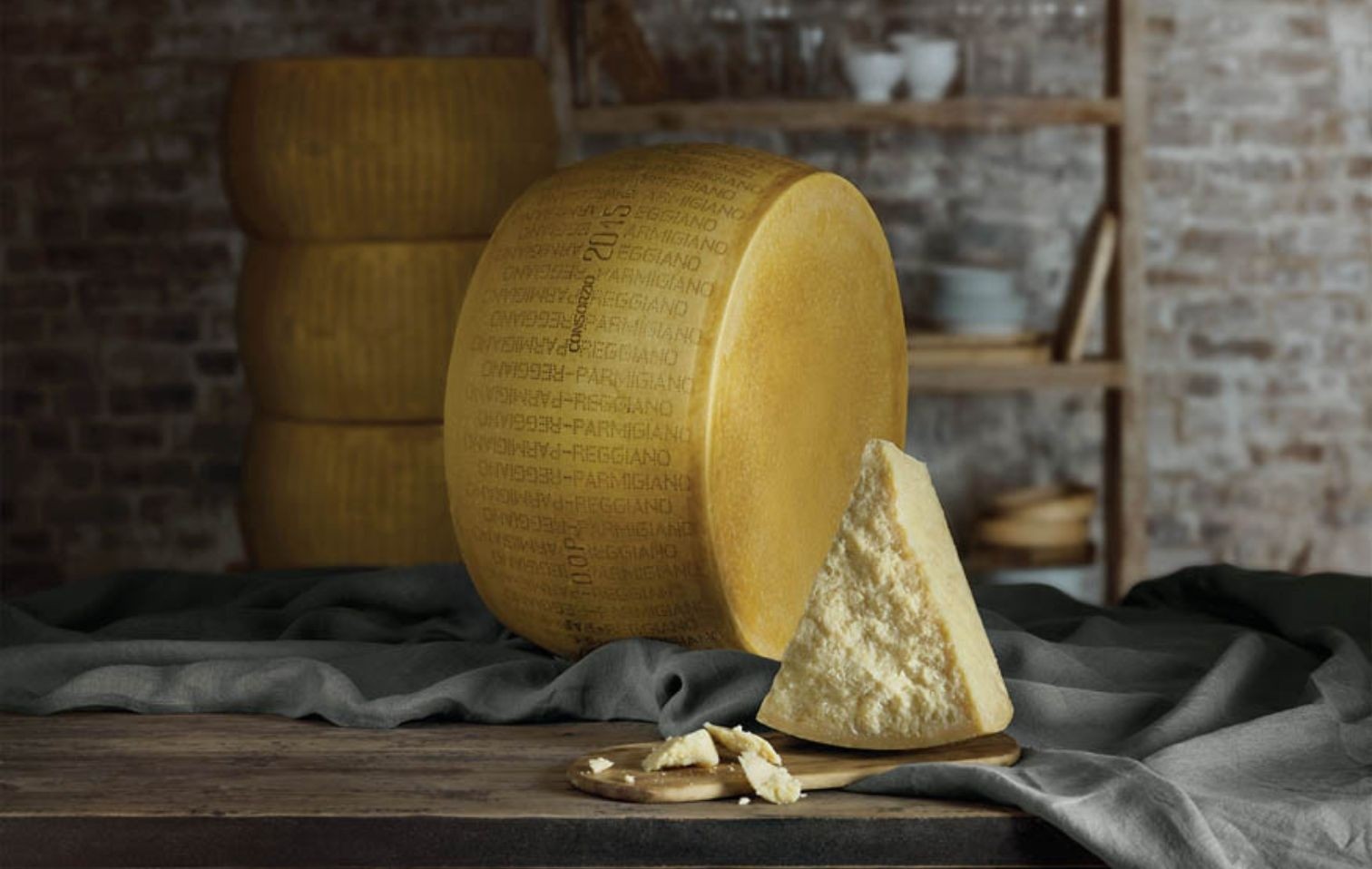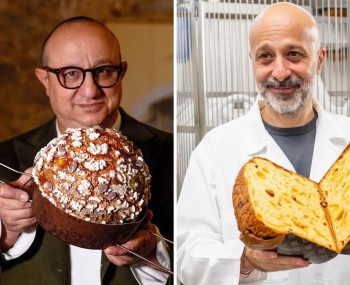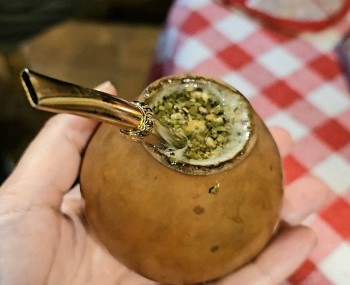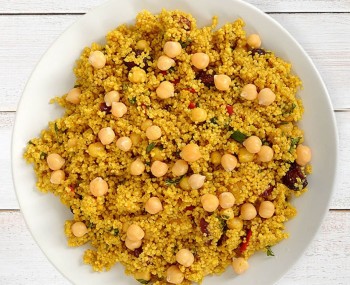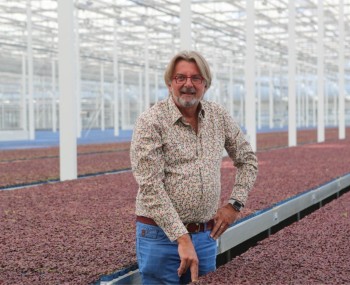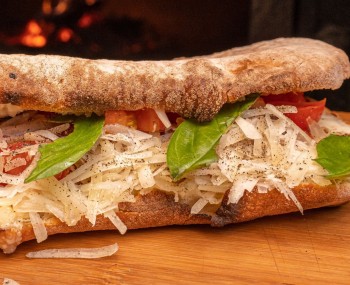81 dairies, over 900 breeders, and 845,000 wheels, accounting for more than 21% of the total production: these are the numbers of Parmigiano Reggiano Mountain Product, an excellence cherished by Italian connoisseurs and gourmands worldwide. Let's discover the PDO.
The product
When Giovannino Guareschi, the poet from the “Pianura Padana” region, wrote that "looking through a magnifying glass at the powerful grain of Parmigiano, it not only appears as an unchanging multitude of granules that constitute the cheese but even as a landscape," he was giving us a fundamental hint to interpret this iconic Made in Italy cheese. He was telling us that it is made not only with excellent milk but also with the essence of the land: "An aerial photo of Emilia taken from a height equal to that of the Almighty."
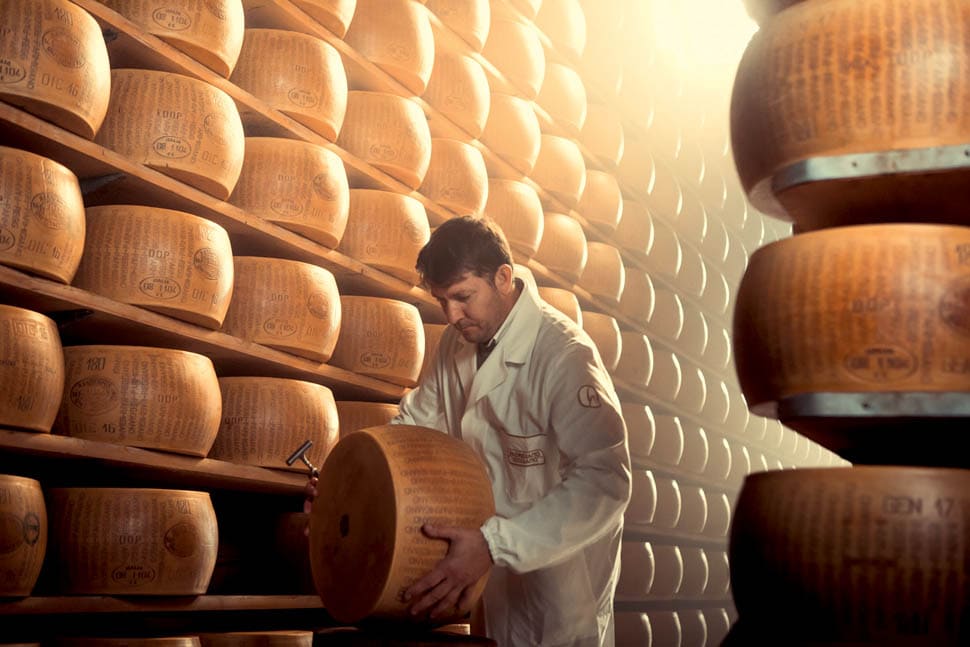
However, the area of origin of Parmigiano Reggiano (which includes the provinces of Parma, Reggio Emilia, Modena, Mantova to the right of the Po River, and Bologna to the left of the Reno River) is not all the same: there are the plains, the hills, and the mountains, and they are observed very well from that altitude. Since the regulations exclude the use of silage and additives, the differences come from the local forages and are evident to the discerning palate. Thanks to the mountain-harvested hay, herbs, and meadow essences, its color is straw-yellow, with scents and flavors of fresh fruit, spices, and meat broth, perfectly balanced among the five tastes (sour, salty, sweet, bitter, and umami), with ideal graininess and solubility.
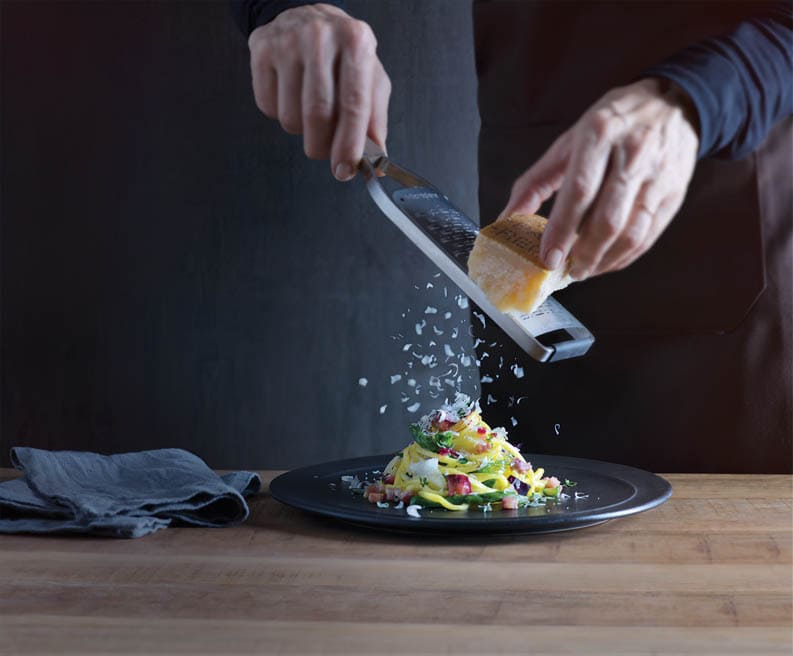
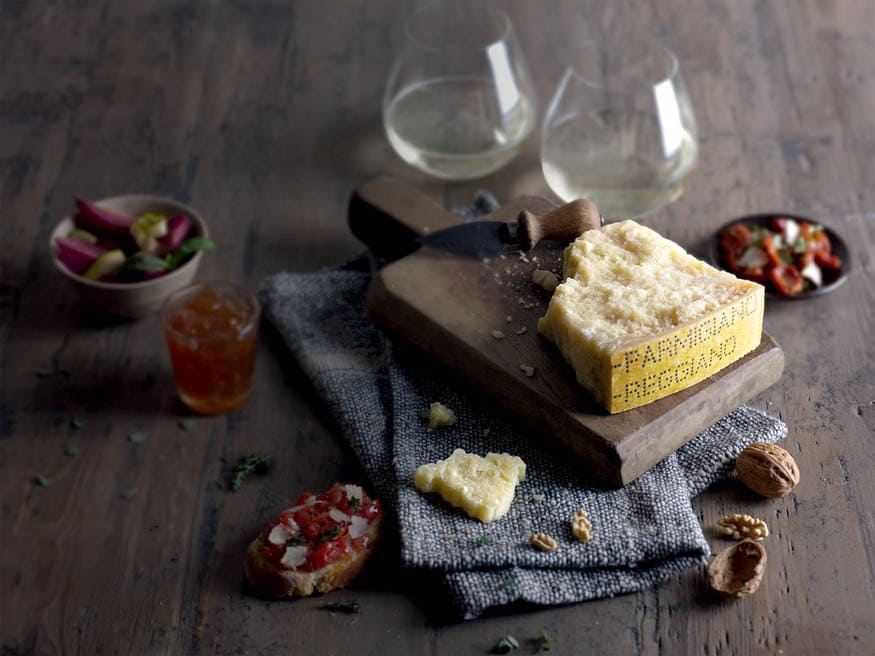
Compared to a cheese from the plains, the nuances and flavors are more pronounced, with an extraordinarily multifaceted herbaceous bouquet. Additionally, just like a fine wine, the aging process adds diversity. Parmigiano Reggiano made in summer or winter, due to the use of fresh or dried forage, will have distinct characteristics. Furthermore, given the artisanal production, each wheel is slightly different from the others, as shaped by the specific practices of each cheese producer.
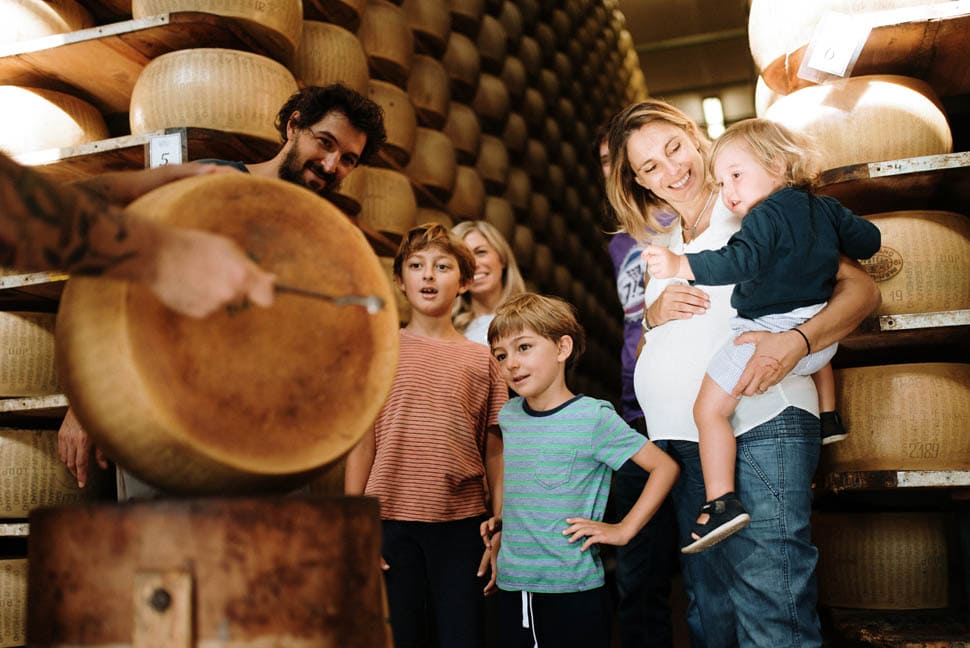
For this reason, in 2013, with the introduction of EU Regulation 1151/12, the label "Mountain Product" officially gave birth to Parmigiano Reggiano Mountain Product, the most important PDO in its category, with 81 dairies and over 900 breeders. To provide greater sustainability to the development of the territories and additional guarantees to consumers, the Consortium has established specific requirements.
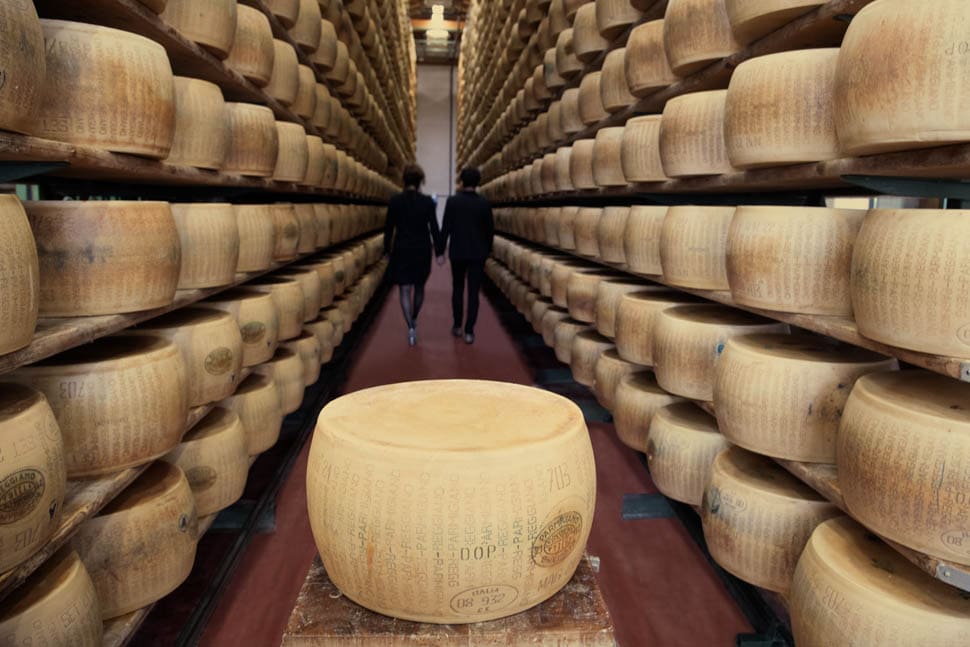
The milk must be entirely collected from stables located in mountain areas, and the cows must be fed with at least 60% local forage; the aging process, for a minimum of 12 months, must take place in mountain areas or within a maximum of 30 kilometers from their administrative boundaries; at 20 months of aging, the quality selection must be performed, evaluated through "hammer testing" by the Consortium's experts, sensory examination (tasting group), and chemical analysis. Additionally, it is mandatory to include the name of the dairy producer on the label.

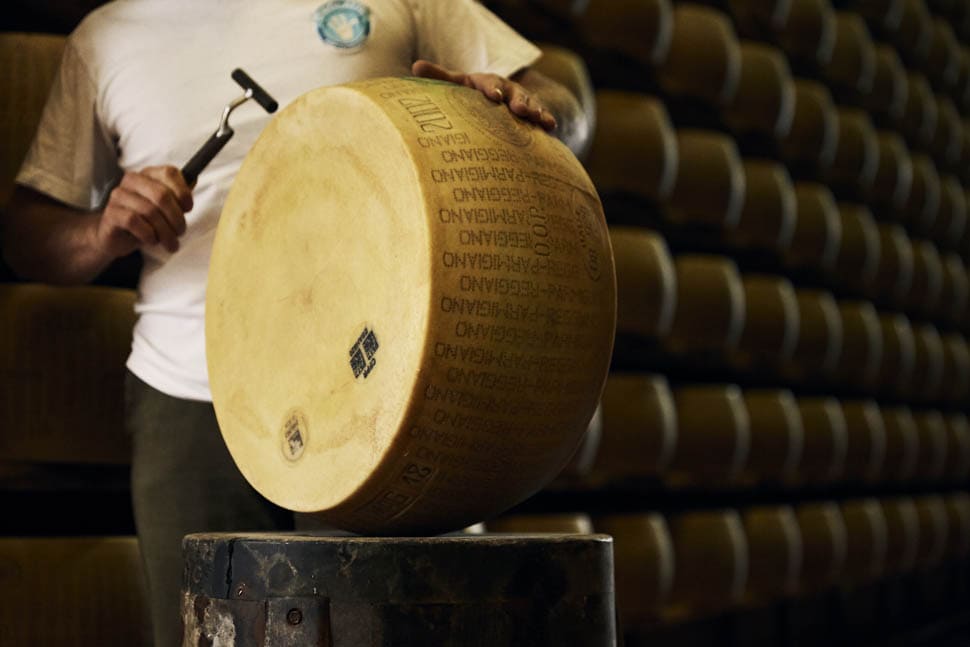
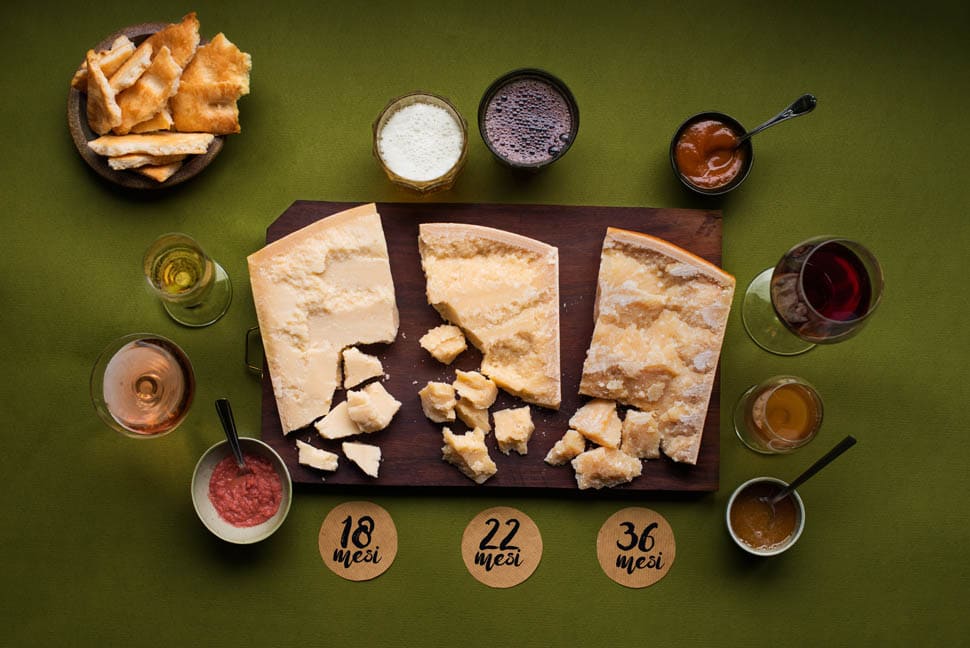
The involved provinces are four: Parma, Reggio Emilia, Modena, and Bologna (Mantova is not included due to orographic reasons). They produce a total of 845,000 wheels, accounting for over 21% of the total production. Sustainability has always been crucial to the producers within the Consortium. The production chain is characterized by low water usage, thanks to the use of fresh or hay-fed forage (mainly alfalfa and stable meadows), which requires much less water than corn, which is not cultivated in the area. Furthermore, the use of veterinary drugs in the milk production chain is less than 1%, leading to minimal chemical impact. Additionally, energy consumption is reduced, as plowing is done every five years instead of annually.
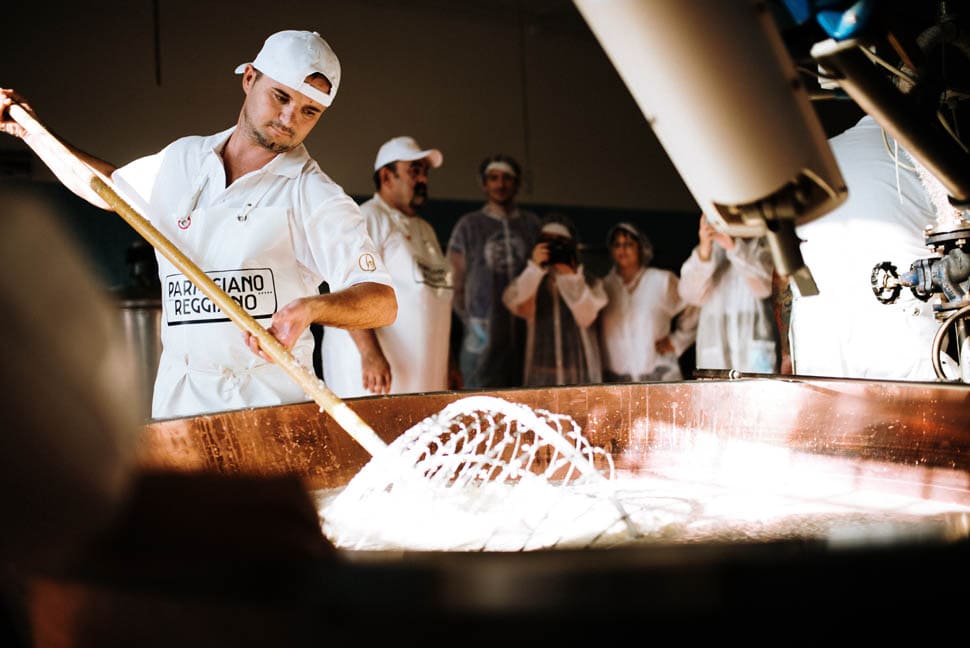
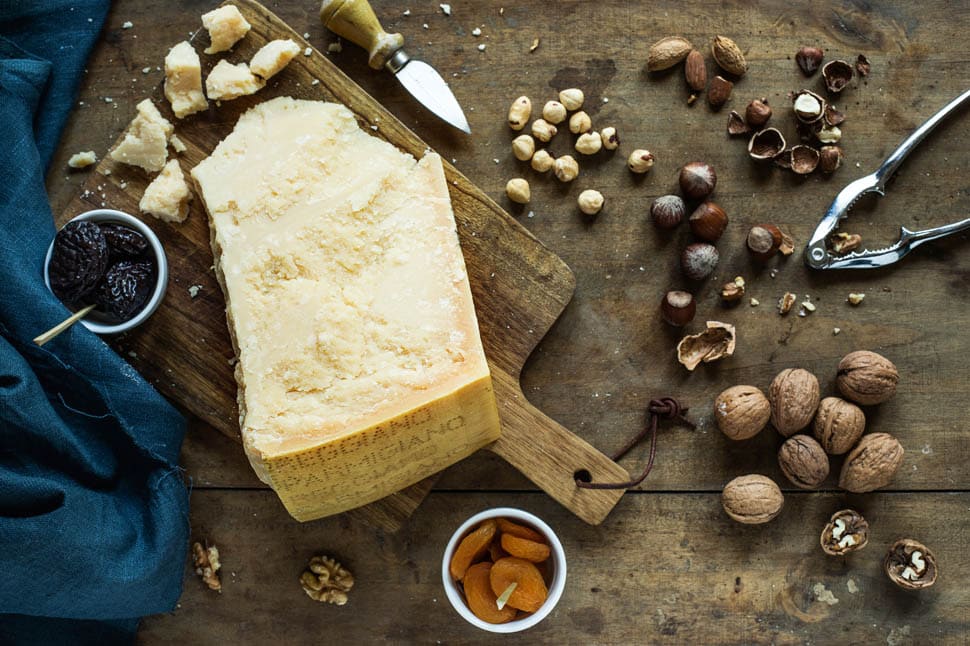
Moreover, the Consortium has taken the specific commitment to support and develop the "Animal Welfare" Project, aimed at improving the quality of life for the cows. It rewards both companies that have shown particular attention to animal welfare and those that, through new investments, have achieved measurable improvements during the year. The uniqueness of a PDO lies in the fact that its production cannot be relocated, thus making the revenue automatically contribute to the territory and benefit the community.
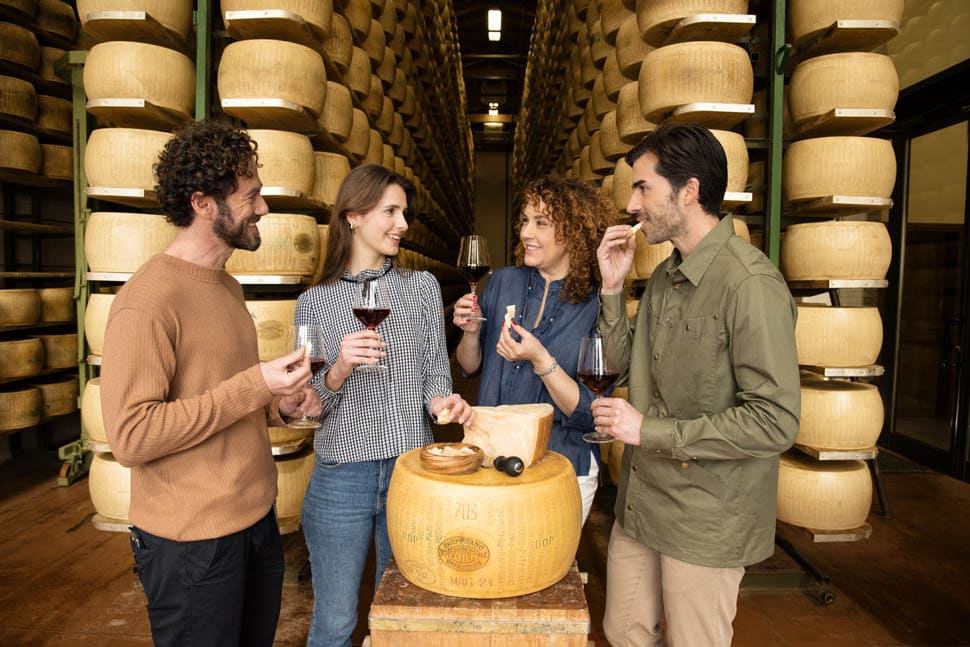
This approach has prevented the depopulation of areas that would have likely been abandoned, with positive effects on tourism. In this regard, it's worth noting that it is possible to visit the cheese factories by booking through this link: https://www.parmigianoreggiano.com/en/dairies-visit-taste/, to witness the different stages of cheese preparation and taste the various aging variations, taking the opportunity for a refreshing escapade.

